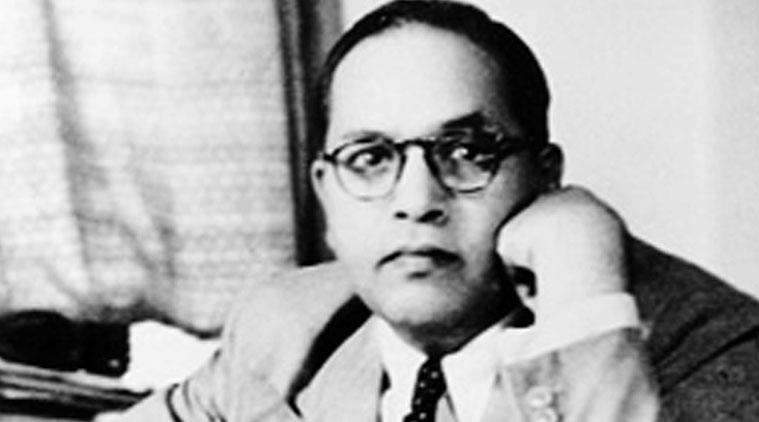Tourism in India has always been more than leisure—it is a dialogue between civilizations, a carrier of heritage, and a catalyst for inclusive growth. Yet for decades, despite our extraordinary diversity—from Ladakh’s monasteries to Kanyakumari’s shores—its full potential remained constrained by fragmented taxation and high costs. The recent reforms in the Goods and Services Tax (GST) have begun to change that story.
For years, India’s tourism and hospitality industry bore the weight of a complicated tax regime. A patchwork of levies—service tax, VAT, luxury tax—created confusion and inflated travel costs. The introduction of GST brought simplification, but the recent rationalisation of rates has been decisive in making Indian tourism more competitive.
The reduction of GST on hotel rooms priced under ₹7,500 from 12% to 5% has been particularly transformative. Travel has become more affordable for middle-class families and budget travellers—the backbone of domestic tourism. Higher occupancy rates, longer stays, and greater local spending are direct outcomes. For small entrepreneurs and homestay owners, lower compliance costs have improved viability and encouraged formalisation. It is a quiet but profound shift towards scale and sustainability.
Tourism thrives on connectivity. The reduction of GST on passenger transport—especially on buses carrying more than ten passengers—from 28% to 18% is a crucial enabler. It has made intercity and group travel more accessible for pilgrims, students, and families. Heritage circuits, eco-tourism parks, and rural destinations are seeing fresh momentum.
This reform goes beyond cheaper tickets—it is about linking regions, democratizing travel, and giving small tour operators a chance to expand. For India, where tourism is a powerful vehicle for regional equity, affordable mobility is economic empowerment.
India’s appeal lies not only in its monuments but also in its living traditions. Reducing GST on art and handicraft products from 12% to 5% has boosted a sector that sustains millions of artisans. Every handmade artifact sold in a local market carries the imprint of India’s cultural continuity.
Lowering taxes here is not merely an economic gesture—it is a cultural investment. Tourists today seek authenticity, and when they take home a handwoven Kanchipuram saree or a carved sandalwood figurine, they carry a piece of India’s creative economy. This reform empowers artisans, strengthens craft clusters, and makes heritage part of the growth narrative.
Perhaps the most enduring benefit of GST is clarity. Small hotels, homestays, and travel agencies now operate within a single, predictable framework instead of a maze of state-specific taxes. This improves compliance, boosts investor confidence, and creates space for innovation.
Formalisation also unlocks access to credit, insurance, and digital payments for thousands of small operators who once functioned informally. For a sector that employs more women and youth than most others, this integration is transformative. Tourism becomes not just a leisure industry but a driver of entrepreneurship and livelihoods.
Globally, price competitiveness determines where tourists travel. For years, India lagged behind Southeast Asian destinations such as Thailand and Vietnam, which offered low hotel taxes and simplified levies. The recent GST recalibration has narrowed that gap. India now offers world-class experiences—from Ayurveda retreats to heritage hotels—at globally competitive rates.
The results are visible. Domestic tourism has surged to record highs, and foreign tourist arrivals are steadily recovering. Niche segments such as cruise, wellness, film, and spiritual tourism are expanding rapidly. The government’s integrated push through programmes like Swadesh Darshan 2.0, PRASHAD, and Vibrant Villages is further aligning infrastructure, policy, and community participation.
Tourism currently contributes about 5% to India’s GDP and supports over 80 million livelihoods. With sustained reforms and infrastructure investments, this could easily double by 2030. Every percentage point increase in tourism activity generates exponential benefits—jobs, local enterprise, women’s empowerment, and cross-cultural understanding.
The GST reforms are not isolated fiscal measures; they represent a philosophy that taxation should enable, not inhibit. They make travel more affordable, enterprise more viable, and destinations more attractive. They bring the economy’s pulse closer to the people.
As India looks ahead to its centenary of independence, the vision of Viksit Bharat will be incomplete without a globally competitive and culturally confident tourism ecosystem. The world is rediscovering India—not just as a destination, but as an experience that harmonises tradition with modernity, economics with empathy.
With a rationalised GST, improved connectivity, empowered artisans, and a confident industry, India’s tourism story is set to become one of the defining success narratives of this decade—a story where reform meets renaissance, and every journey becomes part of the making of New India.
Courtesy Press Information Bureau, Srinagar
(The author is the Union Minister of Culture and Tourism)







